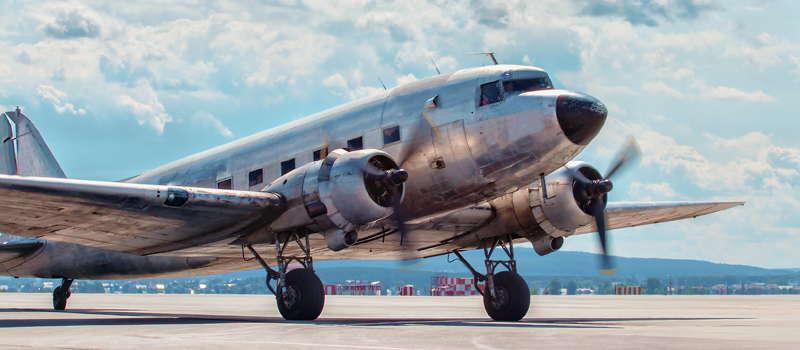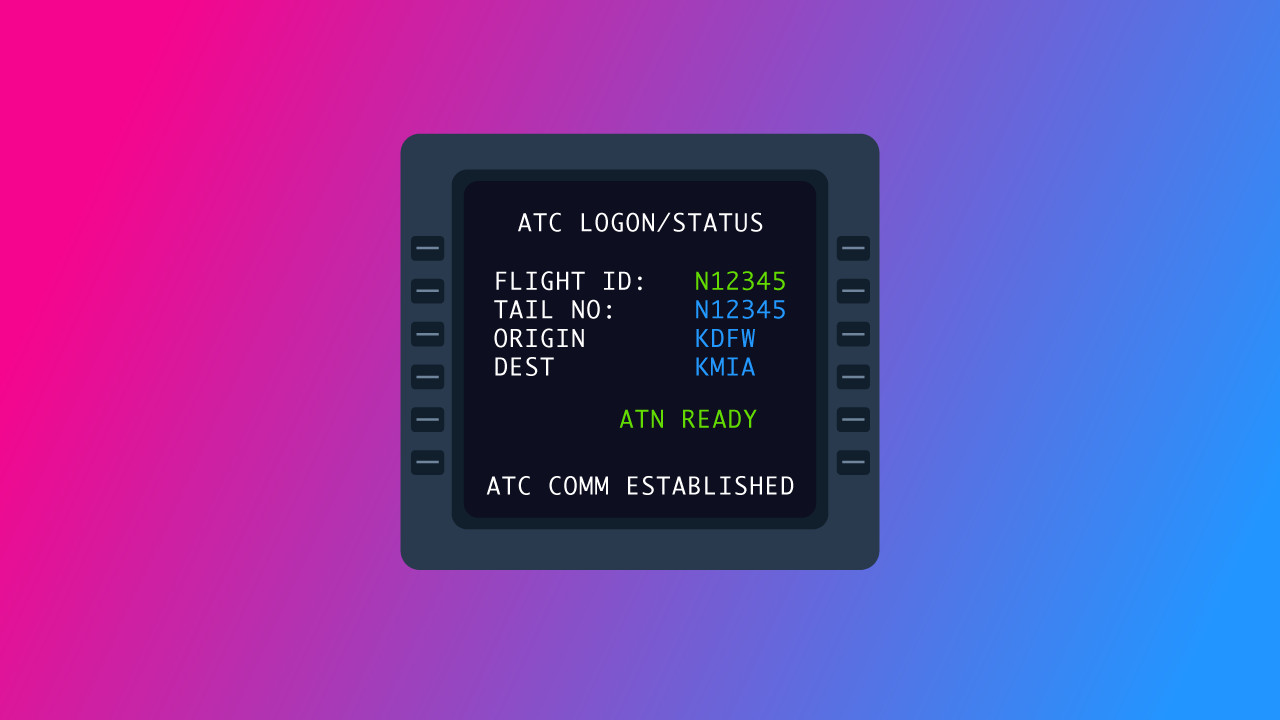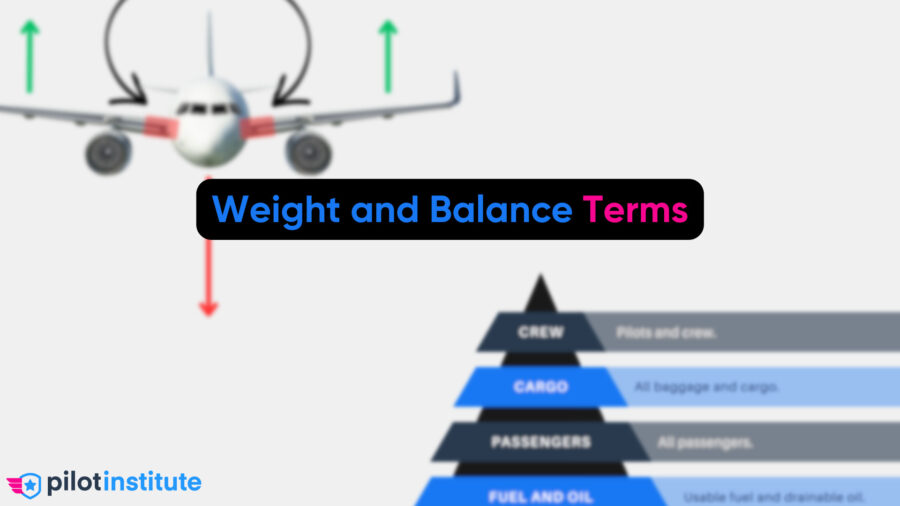For as long as man has been able to fly, people have been afraid to do so. While reservations about climbing into a World War I era biplane were more than justified, aviation safety has progressed at a pace that few could have imagined.
Over 110 years after the first powered flight, the aviation industry is the undisputed safety champion among the commuting giants – road, rail, sea, and air.
One of the primary concerns among those who are afraid of flying is the age of some aircraft in service. The concern is further exacerbated by airline and travel agency marketing that promotes how “new” a fleet is or basing ticket prices on the age of the aircraft (despite newer aircraft being far more economical).
With some commercial aircraft easily pushing the 40-year mark, it begs two crucial questions: Are old aircraft safe, and how old is too old?
Flying Cars
The fear of old aircraft can be traced back to an incorrect assumption: That aircraft have the same lifespan as cars. This may seem like a reasonable assumption; A car, like a plane, has many moving parts that work together, is also used for transportation, and also requires regular service.
Depending on many factors, most cars have a lifespan of around 15 years, after which the vehicle slowly becomes increasingly less reliable. While reliability issues or mechanical failures in a vehicle may just be an inconvenience, they are significantly more dangerous in an aircraft.
So, what differentiates a 40-year-old car from a 40-year-old airplane?
Service Life
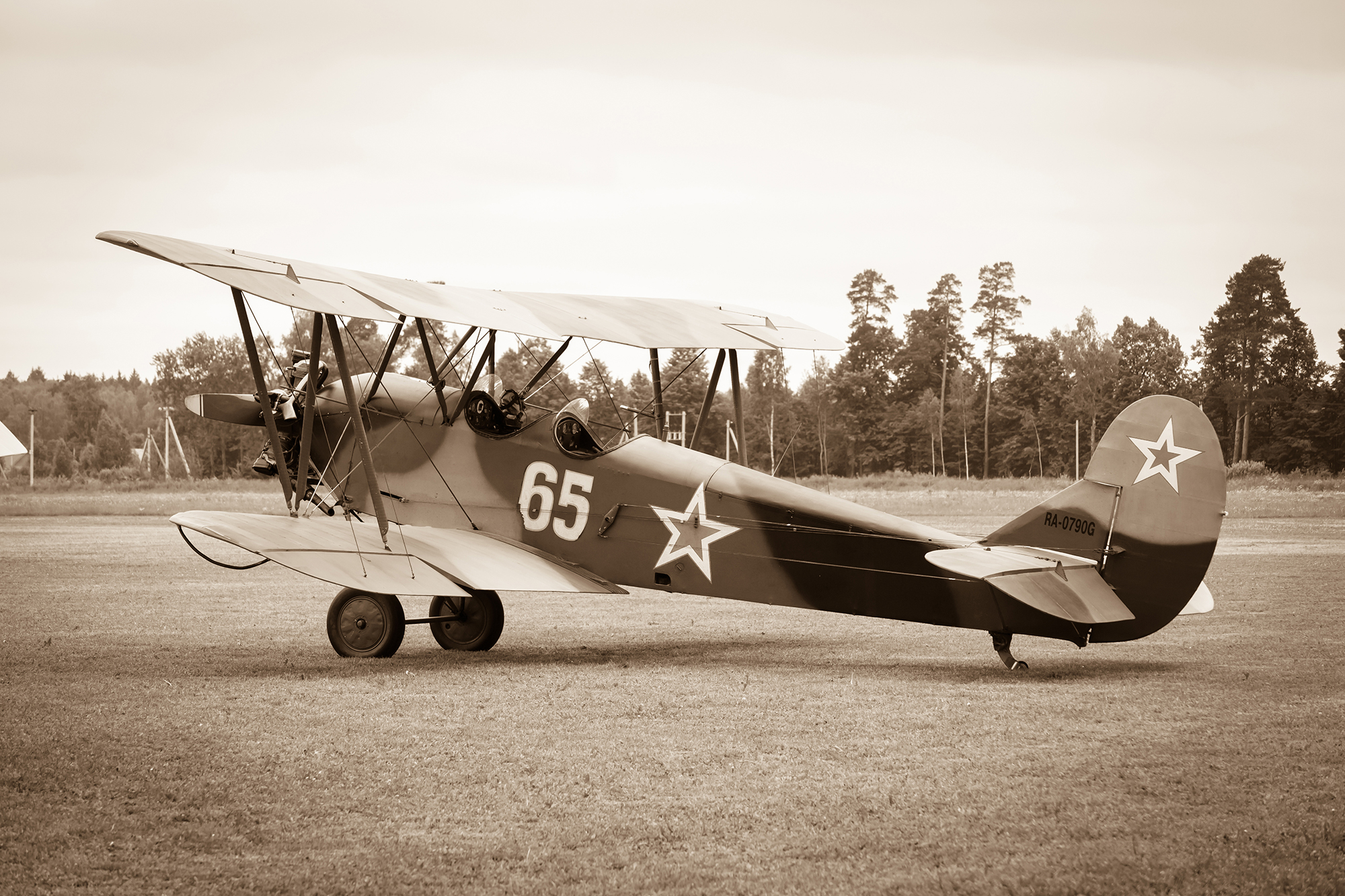
An aircraft’s service life (the amount of time before the aircraft is retired) is determined by the aircraft’s age, the number of hours the aircraft has flown, and especially the number of flights the aircraft has performed (known as a cycle).
The definition of a “cycle” varies between aircraft types, but for commercial airliners, it is usually the number of times the aircraft was pressurized and then depressurized. In other words, if an airplane performs five one-hour flights, it will have a higher number of cycles compared to an aircraft that flies one five-hour flight.
Therefore, unlike a car where the mileage and age are the only significant contributing factors to its reliability, an aircraft’s lifespan is determined by a range of different criteria. An aircraft may be retired after ten years of service, while another aircraft may only be retired after 50 years.
The good news is, while older commercial aircraft are safe, the commercial aircraft in service today are not as old as you might think. The average age of all Boeing aircraft in service (such as the 737, 747, etc.) is 14.7 years, while the average age of all Airbus aircraft in service (such as the A320, A380, etc.) is 8.44 years.
Maintenance
Regarding reliability, the first significant distinction between aircraft and other machines is the regulation of maintenance.
Aircraft must adhere to strict maintenance and inspection regulations, and the engineers tasked with performing maintenance on aircraft are highly qualified.
This means that aviation authorities determine aircraft maintenance requirements, not the airlines.
Aircraft have specific hour or cycle limitations that determine when maintenance should be performed. If these limitations are exceeded, there are significant legal implications. In many cases, equipment or parts that are fully operable are replaced due to the legal requirement to do so, which greatly enhances safety.
The aviation maintenance industry is as complex and distinguished as the aviation industry itself, and the engineers, like pilots, undergo years of training and study.
How Old Is Too Old?
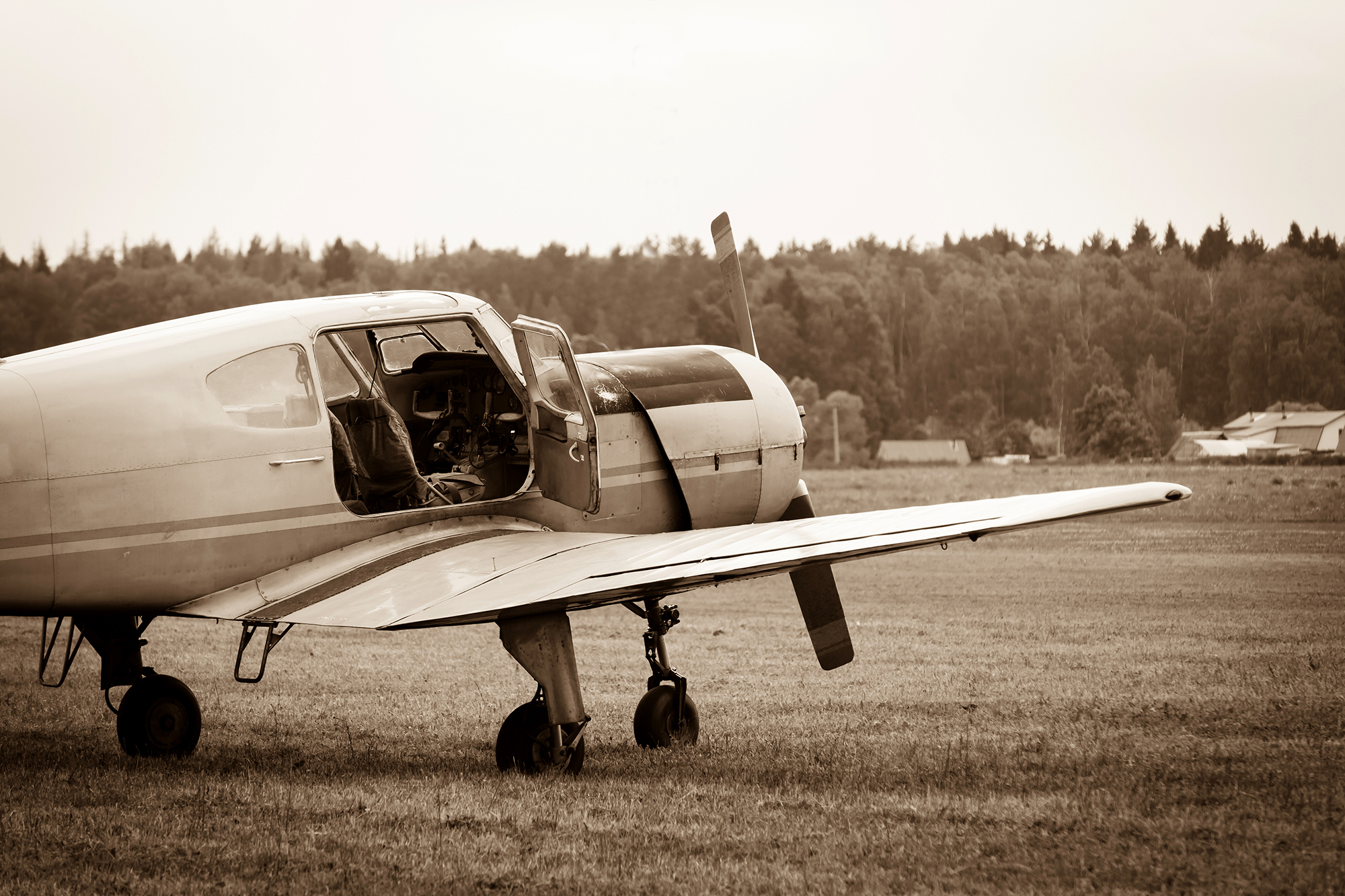
Aircraft are a costly investment, which means that airlines, with a few exceptions, are far more likely to keep aircraft in service for as long as possible before purchasing new airplanes.
Furthermore, aircraft (particularly newer ones) are built with upgradability in mind. An aircraft may be over 20 years old but have new avionics, engines, and cabin – unless you look closely, you may not even be able to tell how old the aircraft is.
At some point, however, it does not make economic sense to keep the aircraft in service, and the aircraft will be sold or retired.
Older commercial aircraft often find a new home at cargo airlines, where the plane’s age doesn’t have an effect on a ticket price, and fuel costs can be kept to a minimum. Purchasing second-hand aircraft is also significantly cheaper.
What About Smaller Aircraft?
Smaller turboprop aircraft, as well as small piston aircraft, tend to be less complex than large jet airliners. Due to the reduced complexity and number of moving parts, these aircraft tend to have longer lifespans.
Smaller turboprop aircraft are also used in remote areas with less-than-ideal airport conditions. These aircraft can operate in more “rugged” conditions where more complex aircraft would experience reliability issues.
Conclusion
Whether you board a brand-spanking-new state-of-the-art airliner or a 40-year-old turboprop, rest assured that strict regulations ensure that the aircraft will be serviceable and safe!
